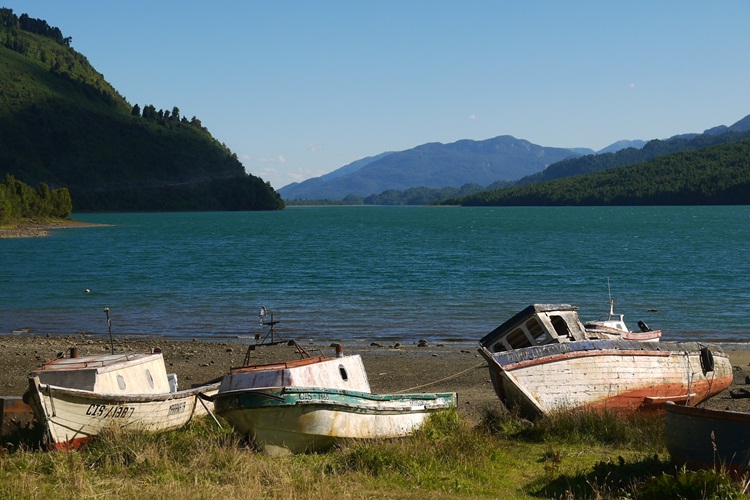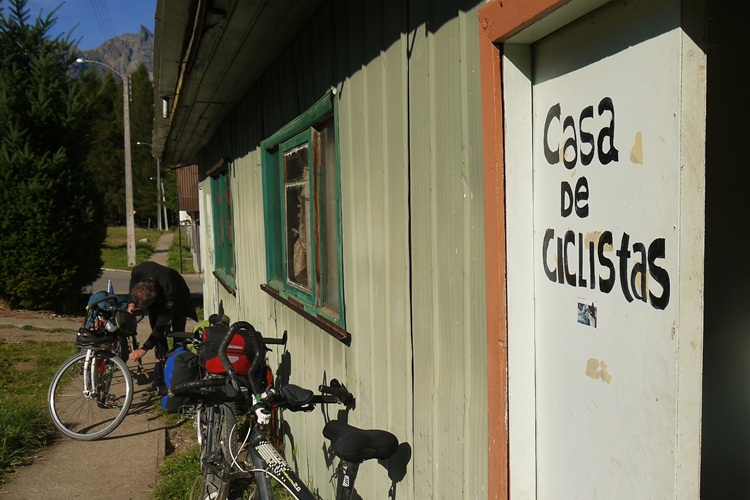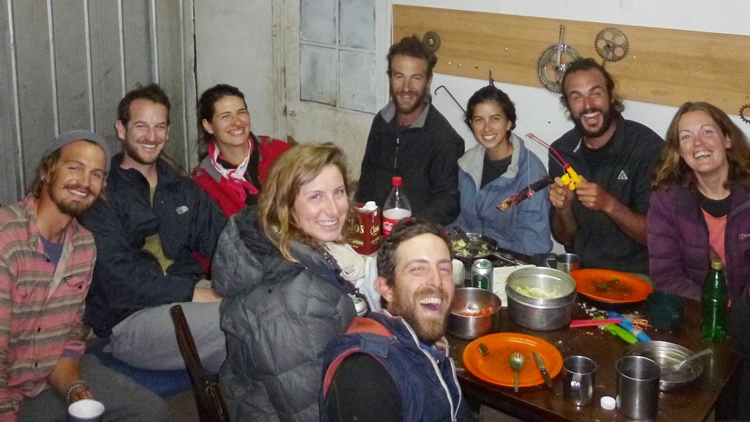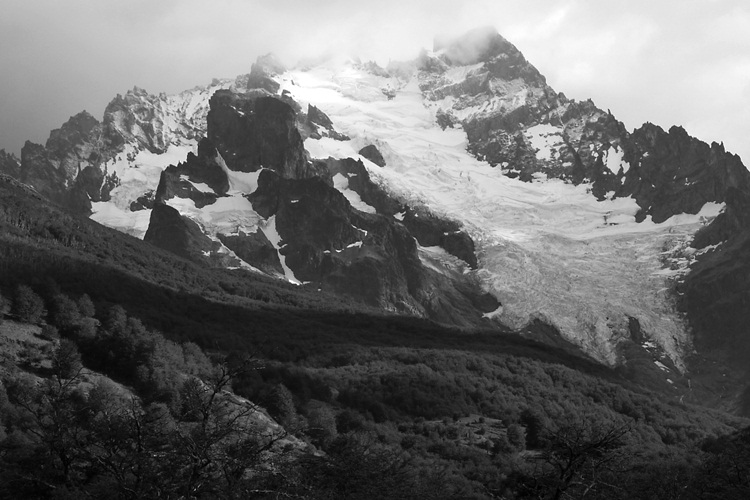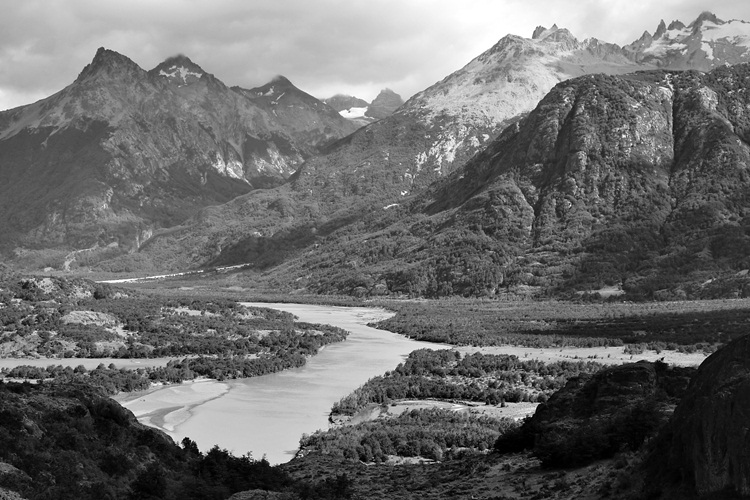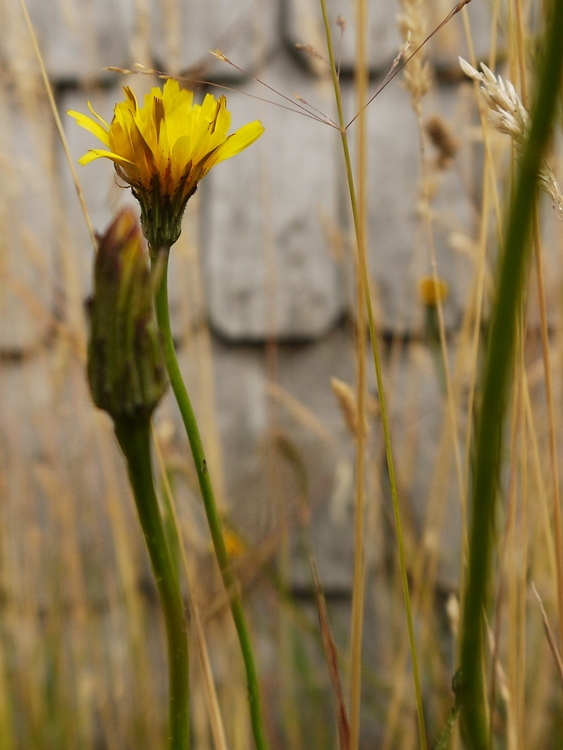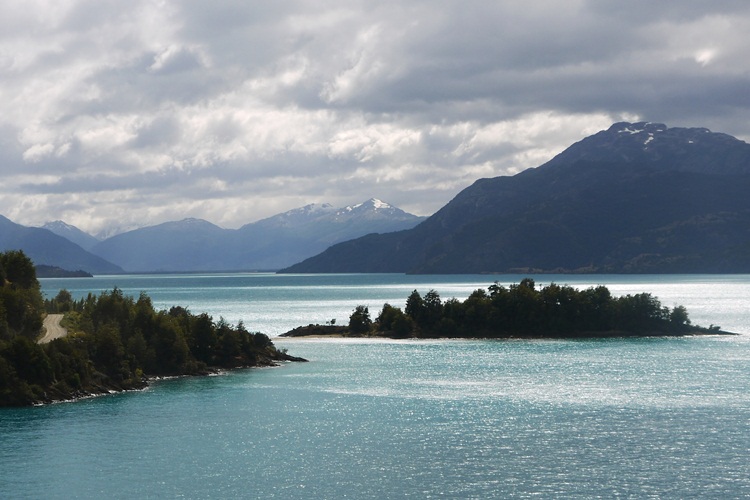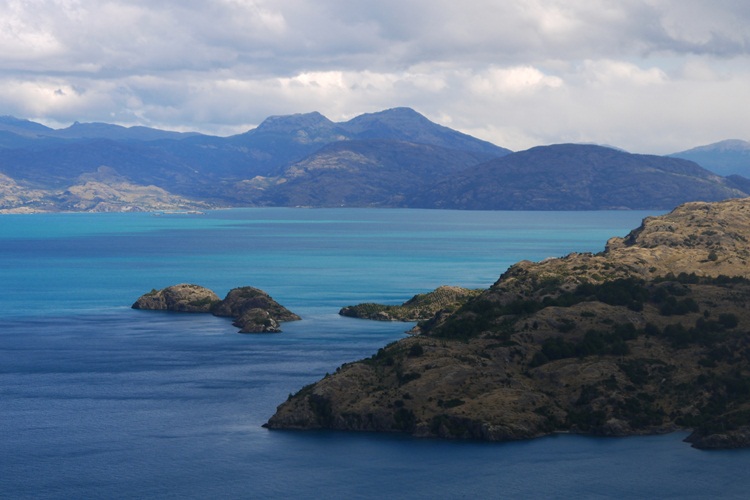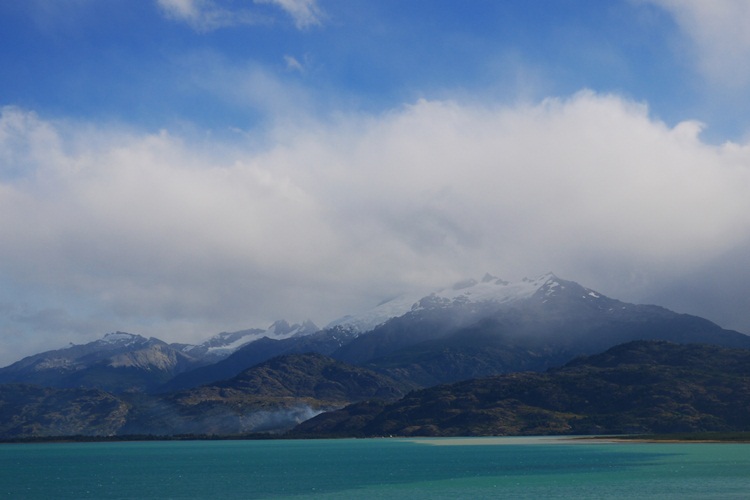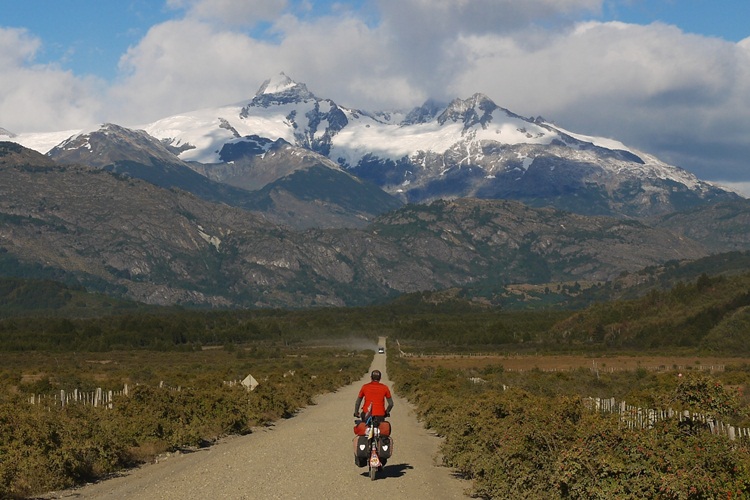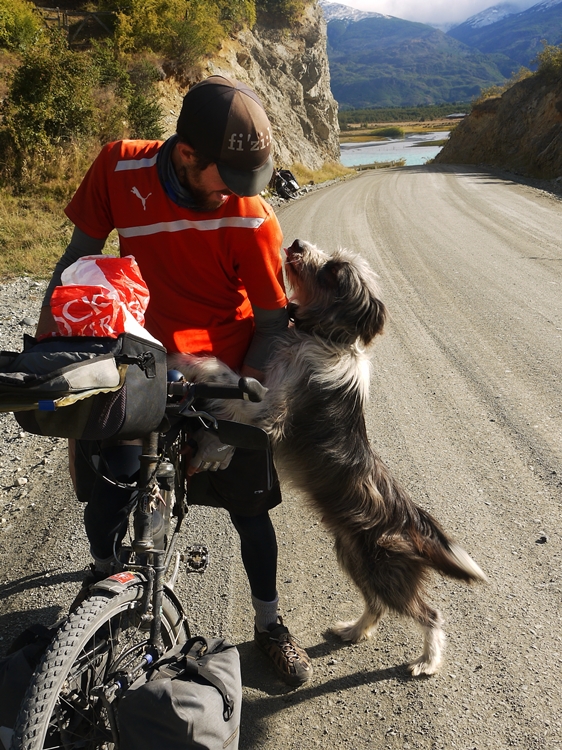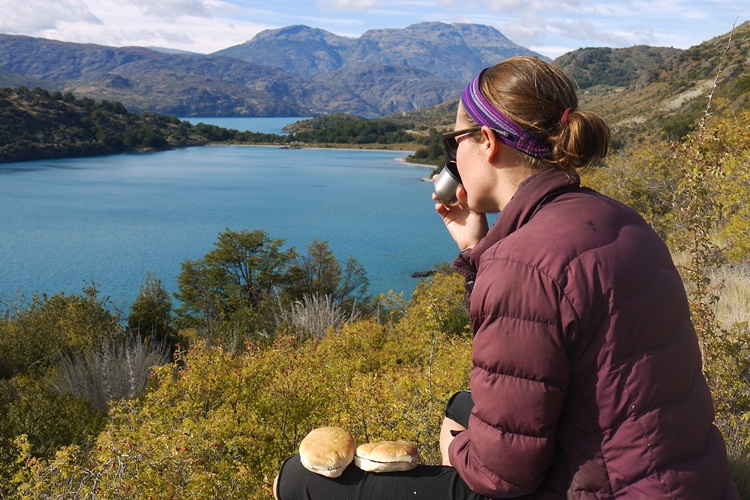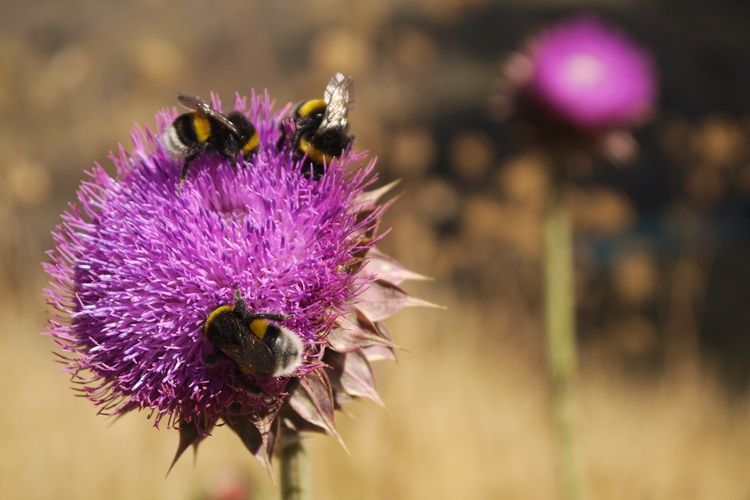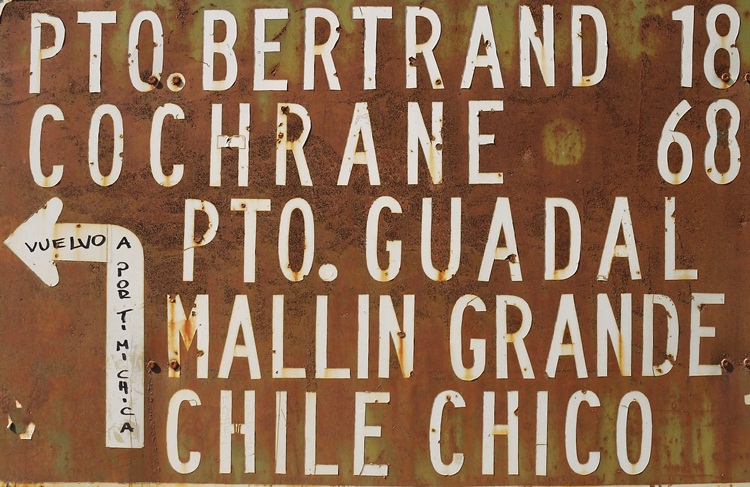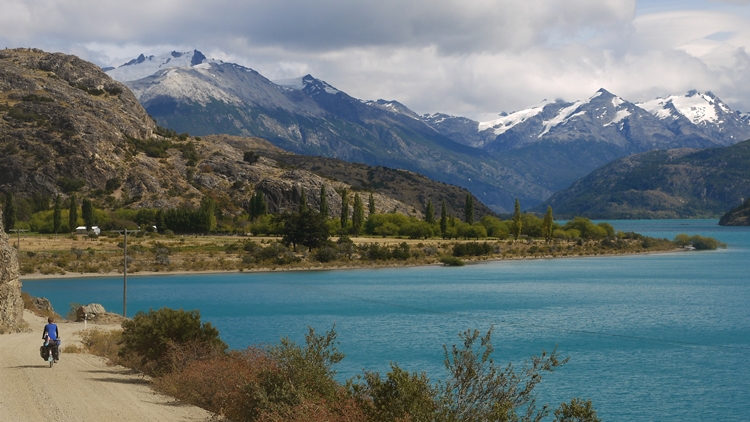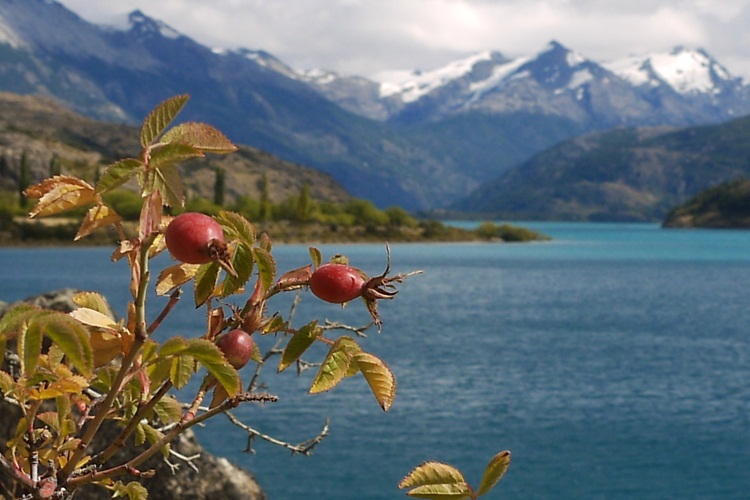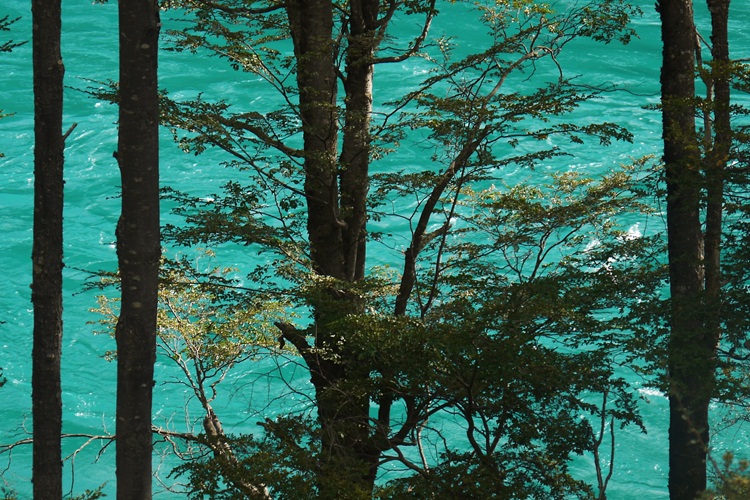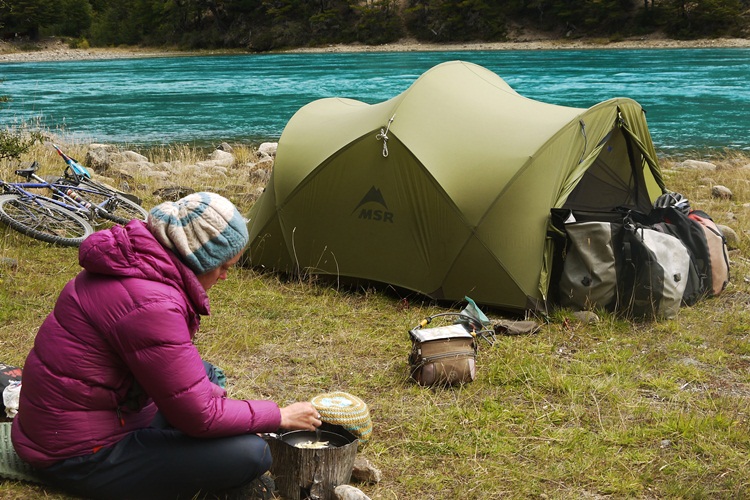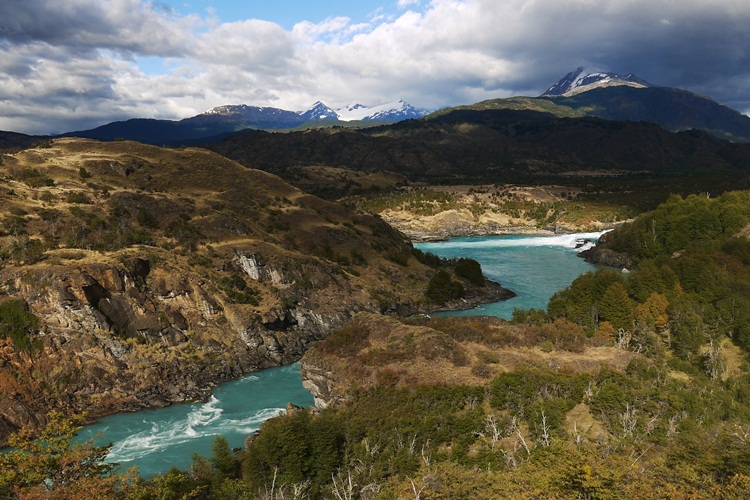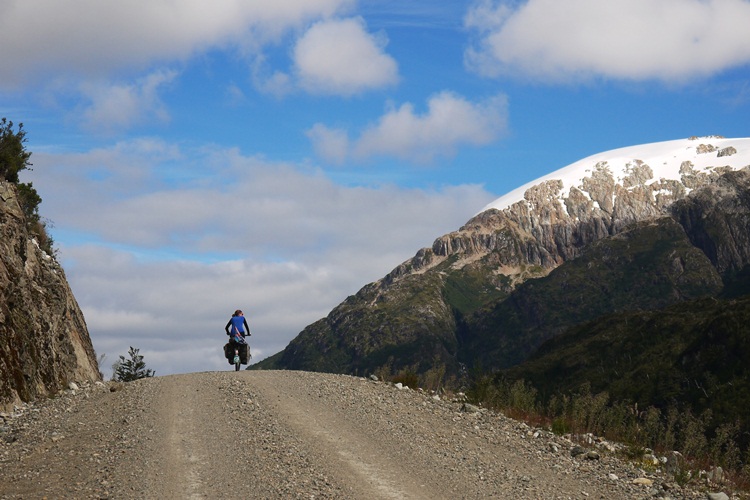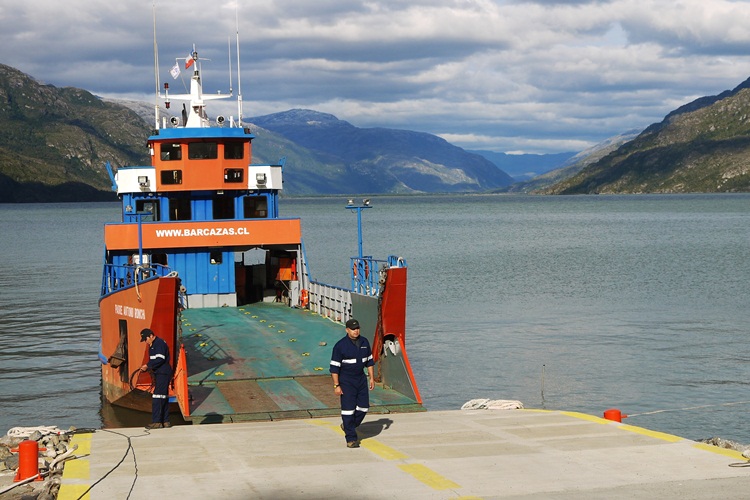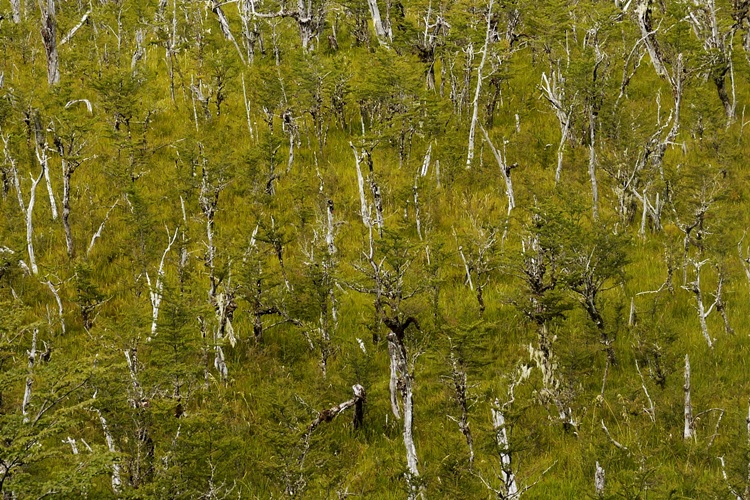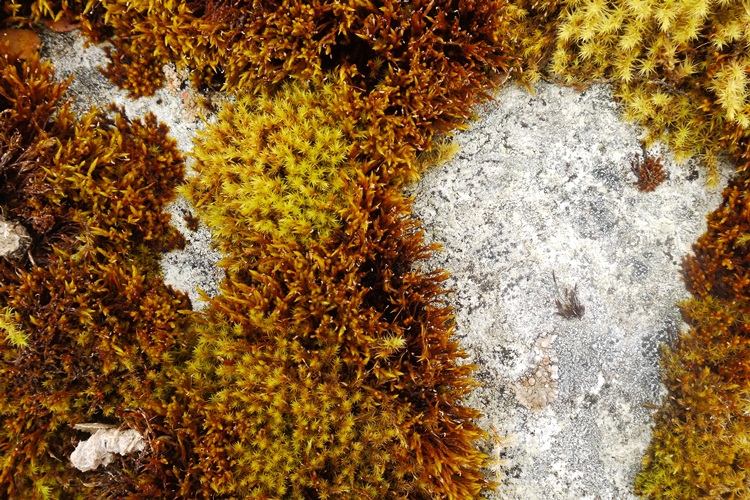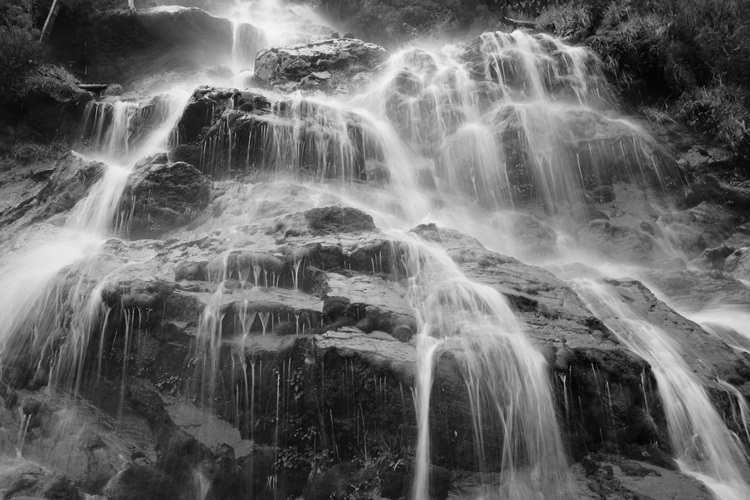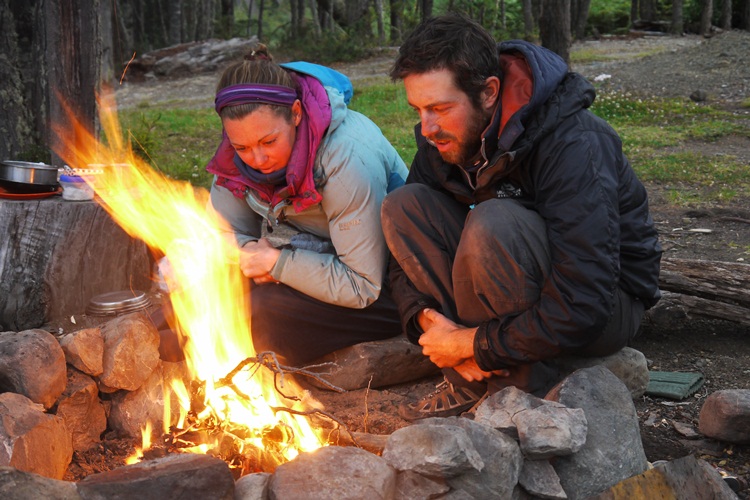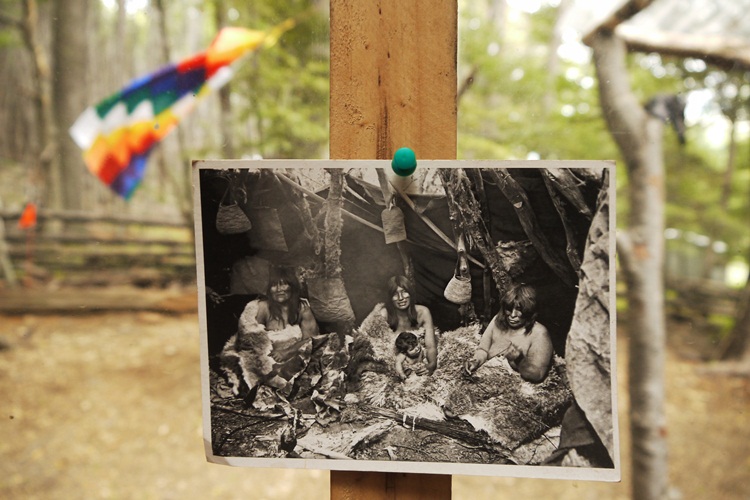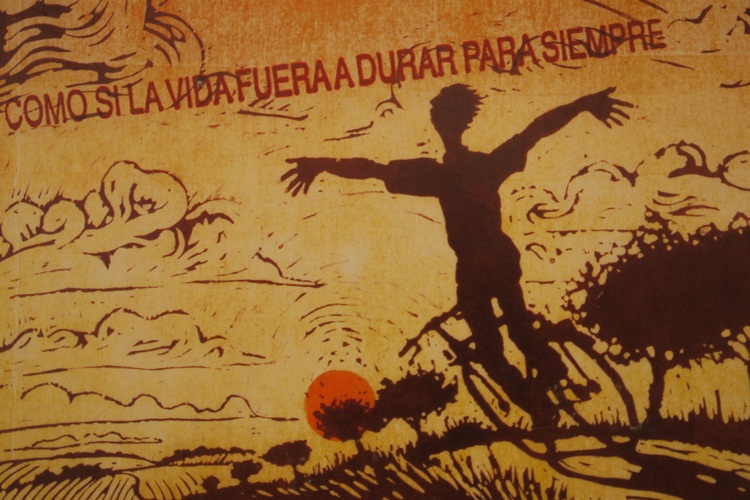La Carretera Austral
March 15th, 2014
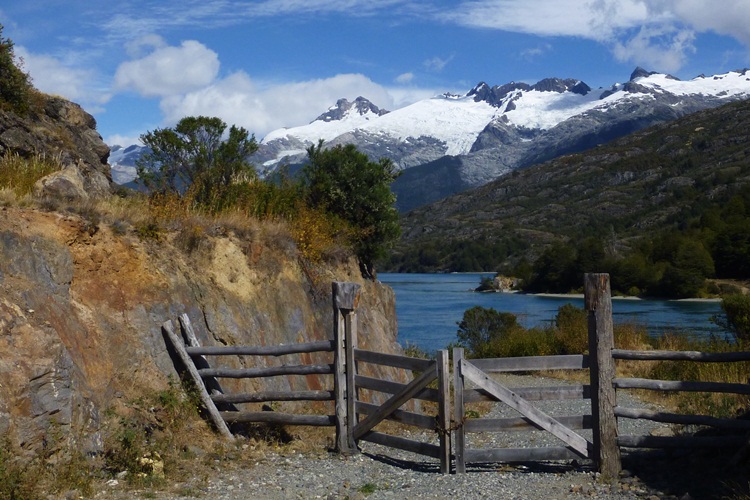
La Carretera Austral: undeniably beautiful but – to coin an Al Humphreys’ book title – “There are Other Dirt Roads”…
It’s almost impossible to write anything about the Carretera Austral without lapsing into full-blown cliché. This, after all, is another of South America’s iconic rides, the much-touted “best dirt road” on the continent, stretching 1000km into the wild heart of Chilean Patagonia (see, I’ve done it already). And on paper, it had all the ingredients we love rolled into one: dirt, isolation and unspoiled natural beauty. So why then did I ride into Villa O’Higgins at the far end of the Austral feeling, well…slightly anti-climaxed? Relieved to have got it out of the way rather than re-invigorated and inspired?
At the time I put it down to a simple case of travel fatigue, as my gaze inevitably turned inwards and the senses began to shut down towards the end of a long trip. After all, the Austral did have some undeniably special moments: our first glimpse of the turquoise Lago General Carrera in the morning sun, following the roar of the Rio Baker towards Cochrane, or simply camping wild night after night in perfect silence. But still, as beautiful as it was, something was missing.
I thought back to some of the dirt roads we had ridden further north in South America, in Colombia, Ecuador and Peru; the ones we already talk about as the “golden days” of this trip. What made them so special? I realised that a large part of it was the lack of hype factor. If we had stumbled across the Carretera Austral in the way we stumbled across many of our favourite roads, then it would have been a different experience. Instead, we already had a clear idea of what the Austral was going to be like in our heads before we set foot on it – and that’s pretty much how it was: predictably beautiful. No surprises, good or bad.
Of course, that’s no fault of the Carretera Austral. It shouldn’t really have come as a surprise that riding one of the most hyped routes in the world, along with half the cycle-touring population of South America, would be something of an anti-climax. You’d have thought that we’d have worked out what makes us tick by now. And I think we have – but the trouble is, it’s actually quite hard to swim against the current and completely turn your back on these “must-see” routes. Try telling another cyclist that you’re not going to bother with the Carretera Austral because “it’s a bit clichéd” and watch their eyebrows go skywards.
But ultimately I’m glad we rode the Austral. Partly because it showed us an undeniably beautiful part of Chilean Patagonia. But also because it re-affirmed to me everything we’ve learned about how and why we love to travel. Our best moments on this trip have been the least-expected ones, not the “don’t miss” ones. That doesn’t mean we deliberately side-step the “must-see” sites – in fact, we’ve seen almost all of them along our route. It’s just that, on their own, they leave us unfulfilled.
We’ve realised that for us, surprise is the magical travel ingredient. The best part of travelling is to be surprised – and definitely not just by landscapes, but also by people and places. Take away this element of surprise and travel becomes little more than a predictable tick-list. Does X Wonder of the World look like the photo? Yes, tick. Next…
So where does that leave us as travellers? In a clique of tedious traveller-types obsessed with a quest for “authenticity”? Maybe, but I hope not. The world might be becoming more homogeneous by the day, but surely it remains too diverse, too rich in these moments of surprise and discovery to be reduced to a list of “1000 places to see before you die”? By all means go and see them. Ride the Austral. But then throw away the guidebook, pick a place you’ve never heard of, and go and explore.
And the best thing about travelling by bike? That it makes it so easy to break free from the tick-list approach to travelling, to just throw a dart at a map and go. Because for every Carretera Austral, I guarantee there are a hundred other dirt roads out there waiting to surprise you.
James
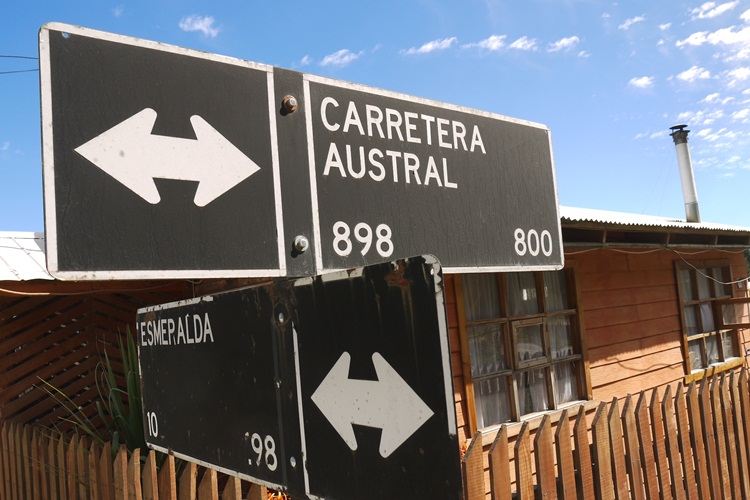
We join the Austral at La Junta, after a beautiful and remote border crossing from Argentina via Las Pampas and Lago Verde (highly recommended). After two days in which we’d seen less than five cars…
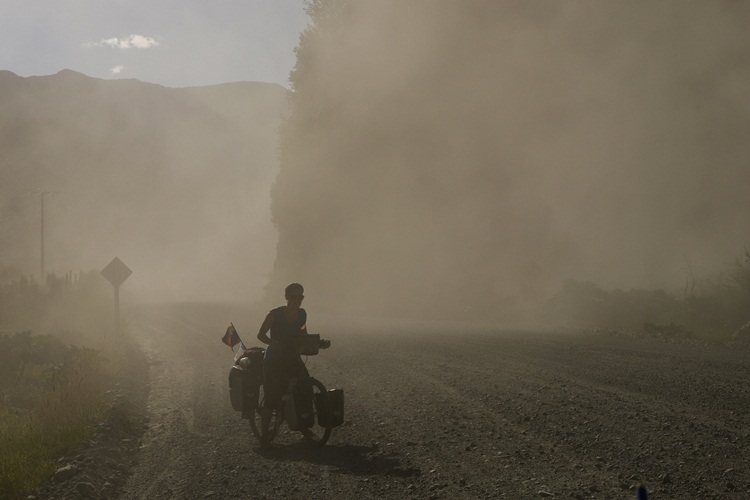
…the Austral is a shock to the system: racing, honking traffic which leaves us caked in dust. This is definitely not the dirt road of our dreams; this is a dirt highway where it seems that goodwill and patience towards the streams of pilgrim cyclists has run out long ago.
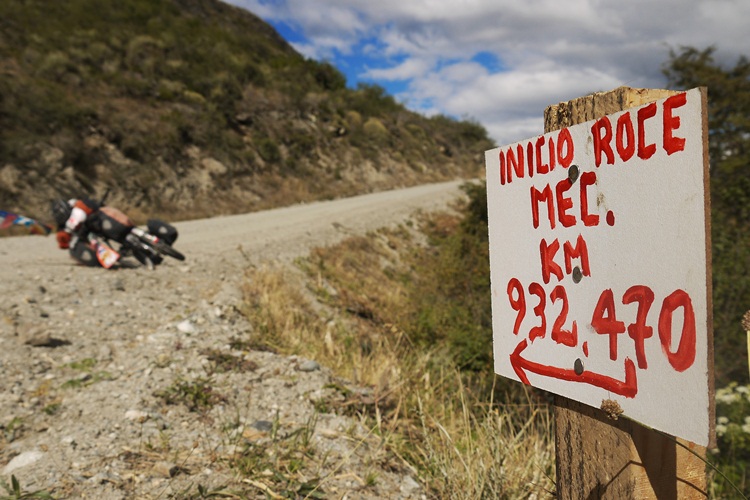
In fact, much of the middle section of the Austral around Coyhaique is now paved, and undoubtedly all of it will be before too long. Until then, meticulous roadside notes detail the never-ending task of keeping the road passable – or maybe lay the blueprint for the asphalt to come.
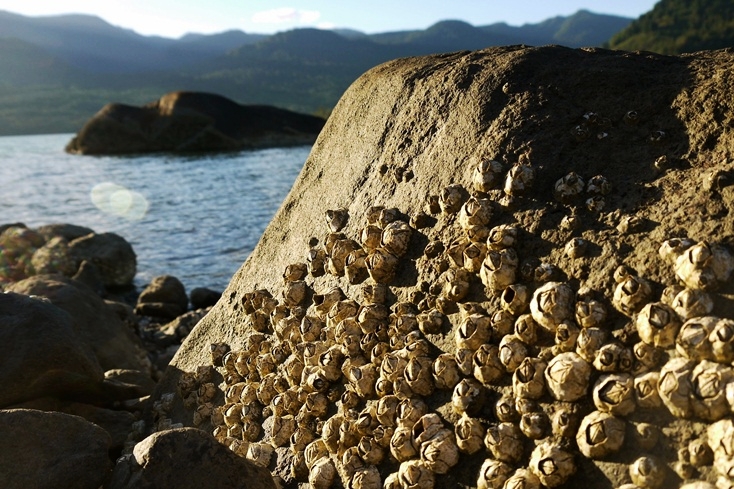
…duly noting the clues that this is actually a sea loch and so tidal. We pick a grassy ledge set back above the beach, and watch the dolphins swimming in the bay while we cook dinner. Idyllic. As we drift off to sleep, I utter the immortal line: “Listen to the dolphins, they sound so close”. Which is because they were – in fact they were probably swimming laps around the tent by this point…
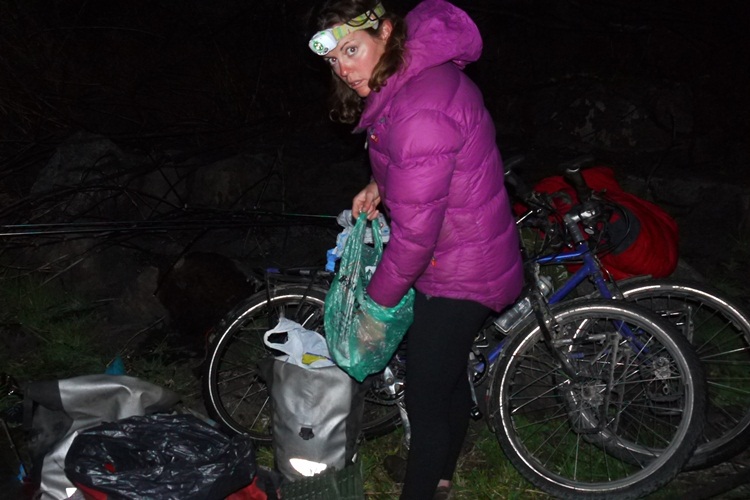
…because by 2am, we awake to find our sleeping mats (and all our other possessions) bobbing gently in 20cm of rapidly rising salt water. It seems we might have mis-judged the tides. Luckily, we manage to rescue everything before it floats off into the Pacific and re-pitch our tent on higher ground. We shiver into our soaked sleeping bags and hope for a sunny morning.
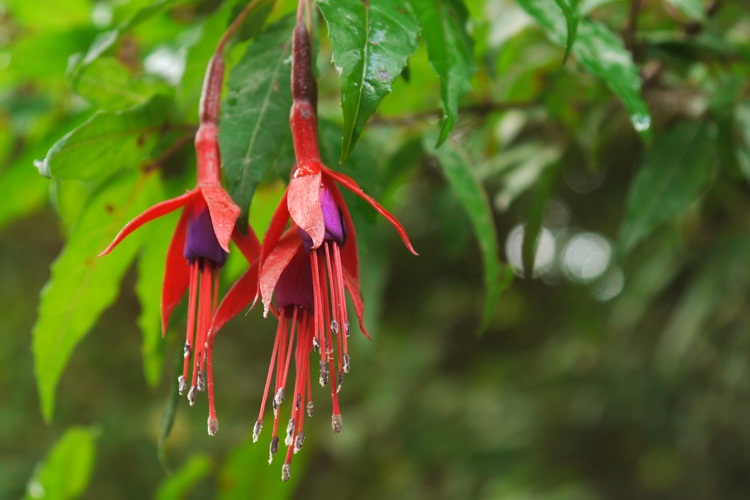
Of course, we wake to lashing rain. A tough climb up and over the Cuesta Quelat keeps us warm though, and finally the rain stops and the fuchsias come out in all their magnificence.
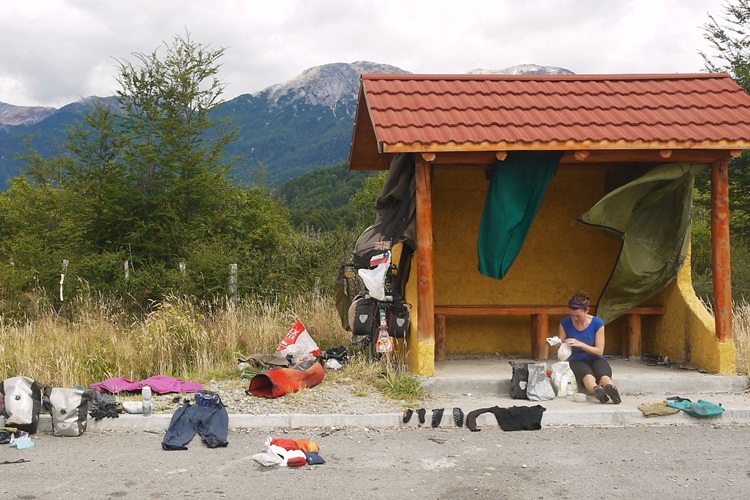
Next morning the sun peeks out, the wind blows, and we convert a bus shelter into an impromptu laundry.
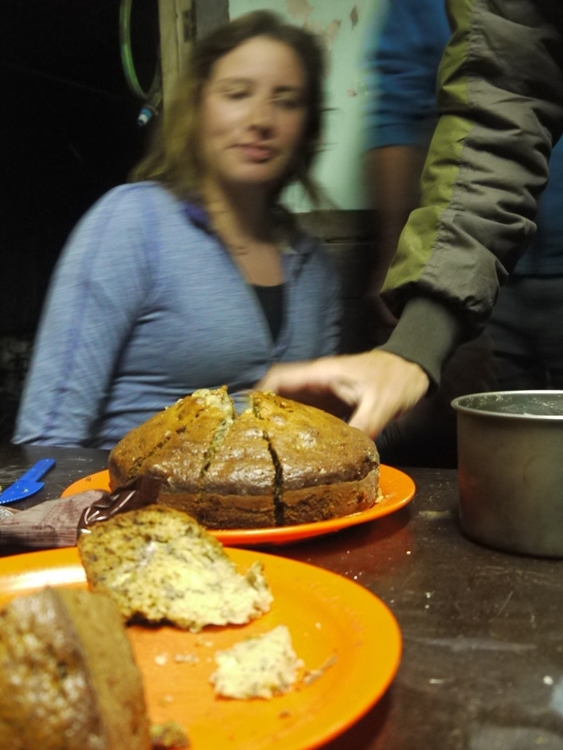
…and Stephanie from Quebec bakes a delicious cake in anticipation of the arrival of the Alaskan posse. Eventually birthday boy Andrew and Kanaan roll in – apparently after a rare interlude on bikes. It’s been a long time since we saw them back in La Paz, and we catch up on all things eggs and check on progress with their English pronunciation lessons (conclusion: a hopeless cause).
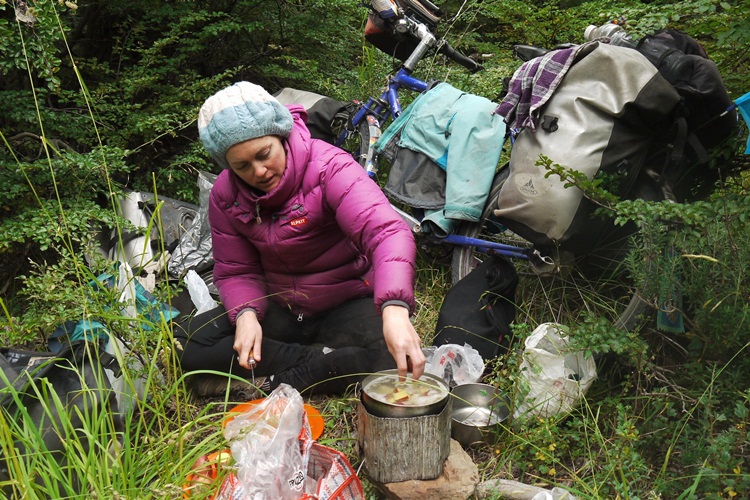
In Coyhaique, we camp on the lawn of Jeff and Loreta, new friends we met up at Lago Verde. They receive us with open arms and hot food, and it’s hard to tear ourselves away…but eventually we do, and it’s back to more rustic camp spots in the bushes like this one.
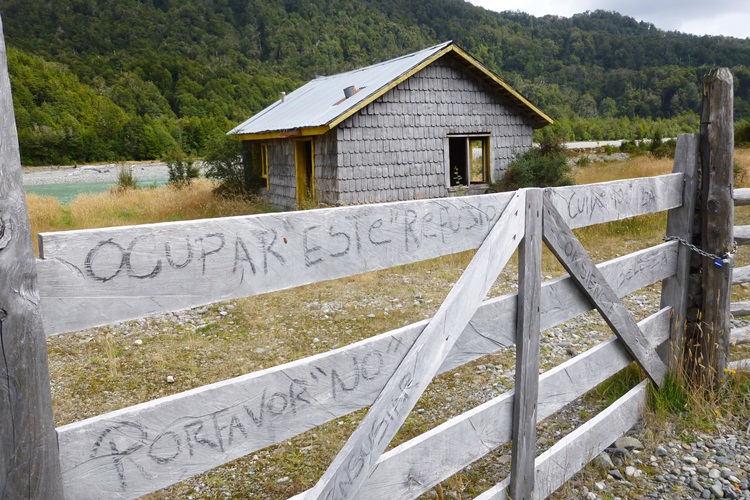
The Carretera Austral is littered with abandoned houses and sheds like this one, many of which have been adopted by cyclists and walkers in dire need of a roof for the night. I like the fact that in Patagonia, these places are self-maintaining, cared for and respected by the people that use them: “If you use this refuge, please don’t leave it dirty” is inscribed on the gate.
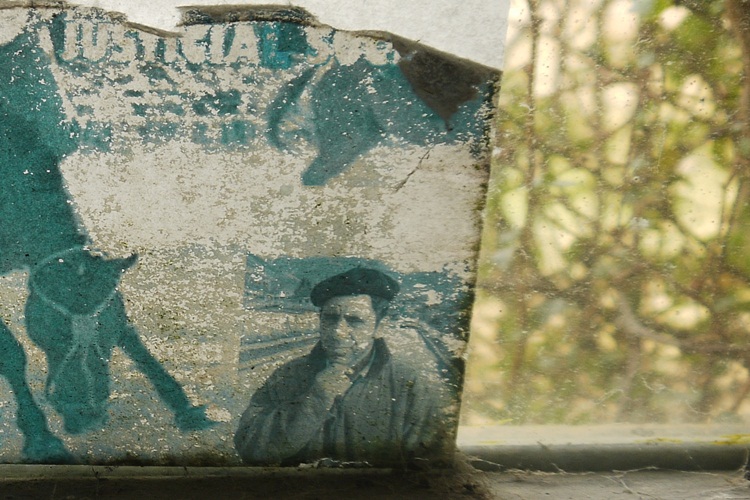
…and inside a faded sticker of a gaucho from a local rodeo competition alludes to its past life as a home.
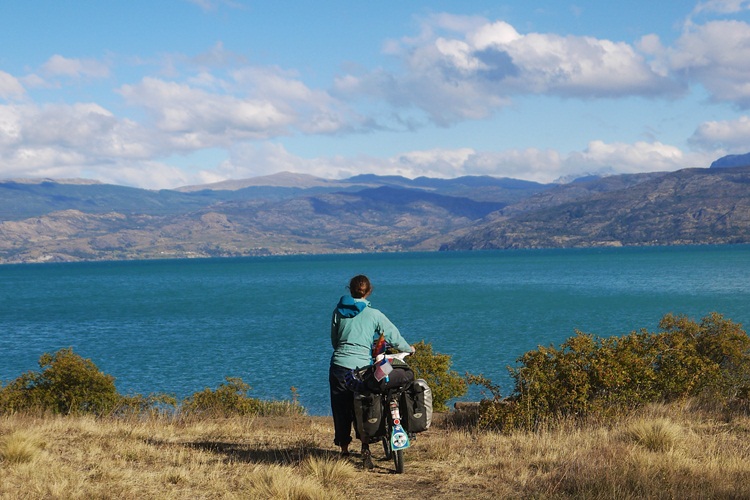
…but if that’s not yours, then just head down to the nearest bay for a picture-perfect camping spot.
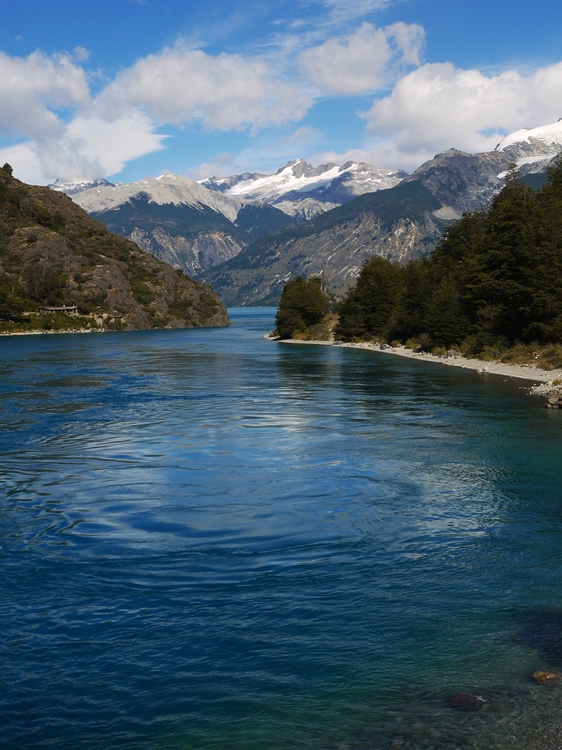
This is the pristine Patagonia I always dreamed of; turquoise rivers and snowy peaks. Maybe only its remoteness has kept it this way for so long…
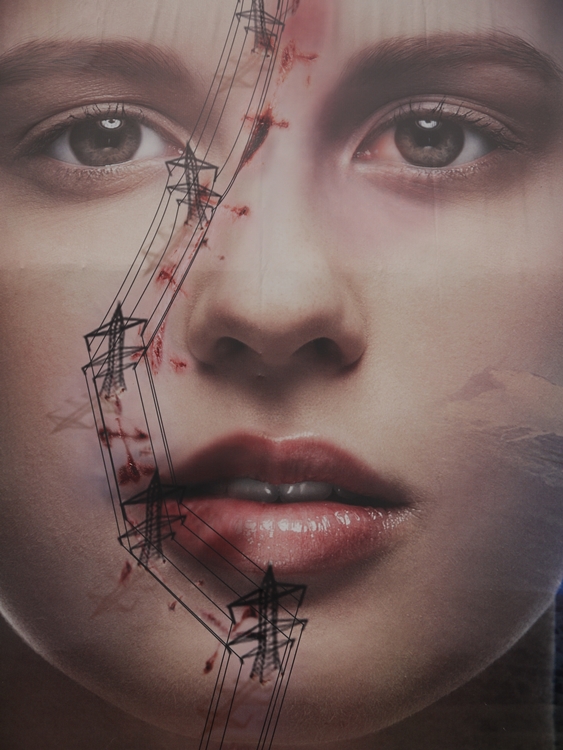
…although of course, it’s only superficial perfection. Patagonia is an immense store of natural resources, not least of all water, and there have been long-standing efforts to dam Patagonia’s rivers and create a series of hydroelectric plants. Thanks to the efforts of pressure groups like Patagonia Sin Represas, the latest proposal was recently thrown out…
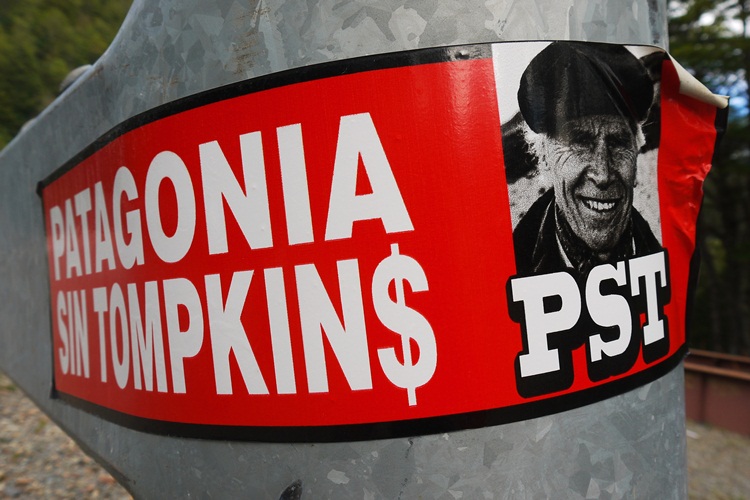
…but no doubt there will be many more to come. It’s become a classic battle of locals against outsiders, with the conservation efforts of North American millionaires such as Doug Tompkins (founder of the North Face and Esprit clothing brands) viewed with intense suspicion.
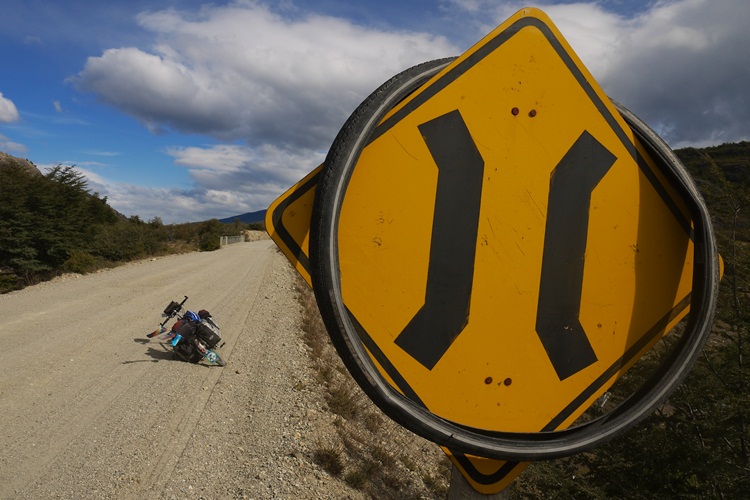
From Cochrane, the traffic slows to a trickle. This is the true dead end of the Austral, with exit only really possible by a combination of boat plus bike/foot/horse. Signs of cyclists are everywhere – from roadside fire rings to discarded spare tyres, left hanging optimistically on road signs.
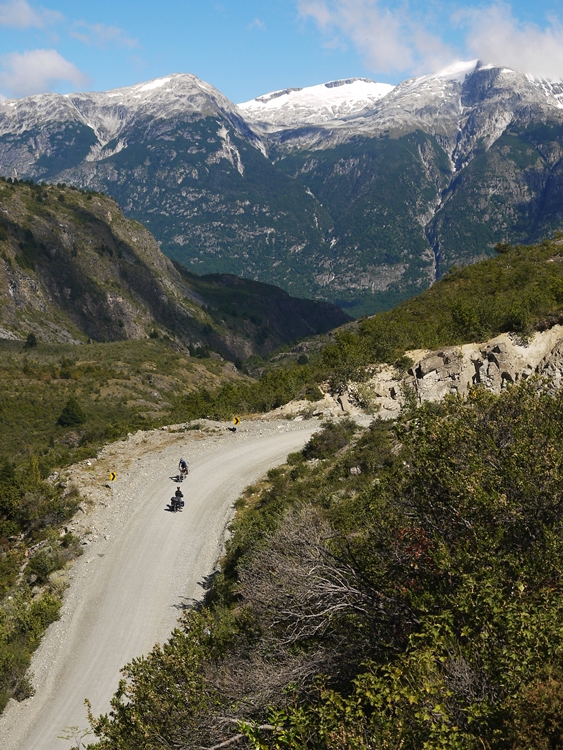
There’s still a trickle of northbound cyclists coming the other way. We meet Mark and Katia halfway up a pass, bearing messages from our friends further along the road (“Hurry up!” was the general gist) in a kind of cyclist pigeon post. As always, we compare notes and swap tips on camping spots and where the next meal might come from – and then it’s onwards, the cycling version of ships passing in the night.
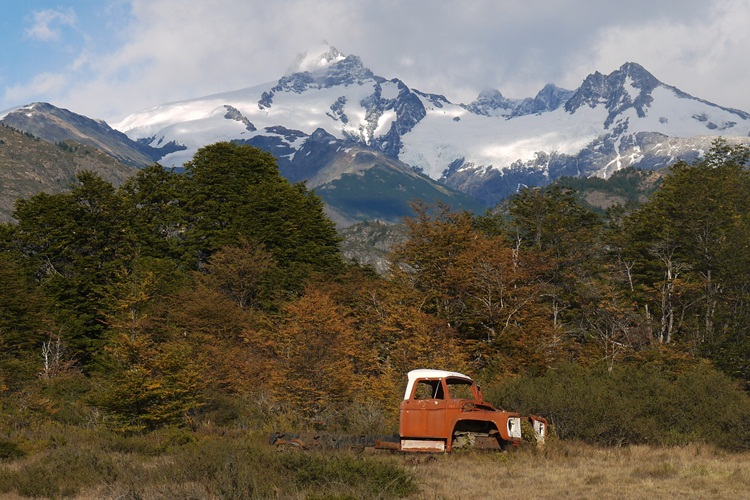
This final section is the Austral at its wildest, and feels like a glimpse into its early pioneer days.
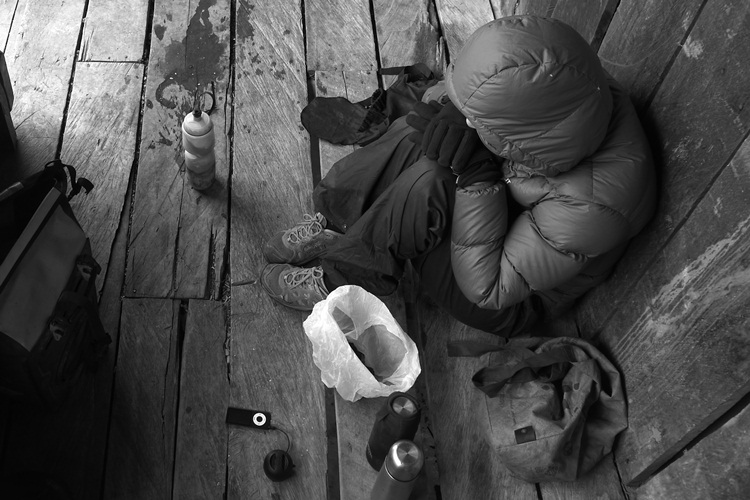
…including onto us. Our lucky run of good weather finally comes to an end, and we are treated to some more typical Patagonian days: grey skies, hanging clouds and driving rain. We ride heads down, stopping when we find shelter to make hot drinks and food.
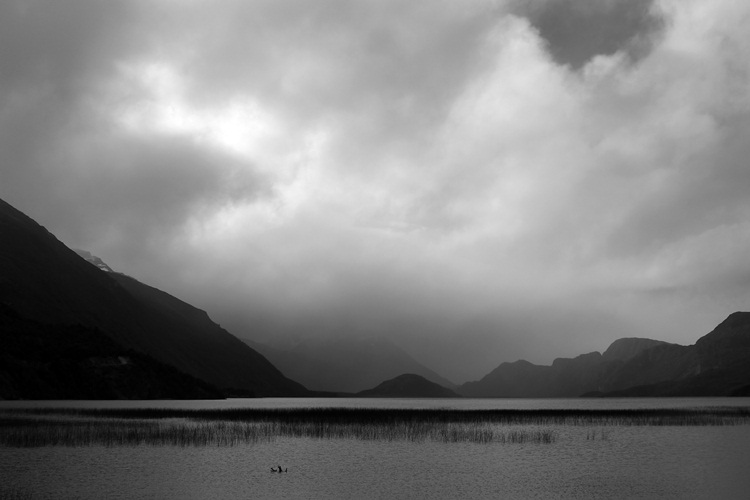
Just as we reach Lago Cisnes, the rain eases. We stop on impulse, just a few kilometres short of Villa O’Higgins…
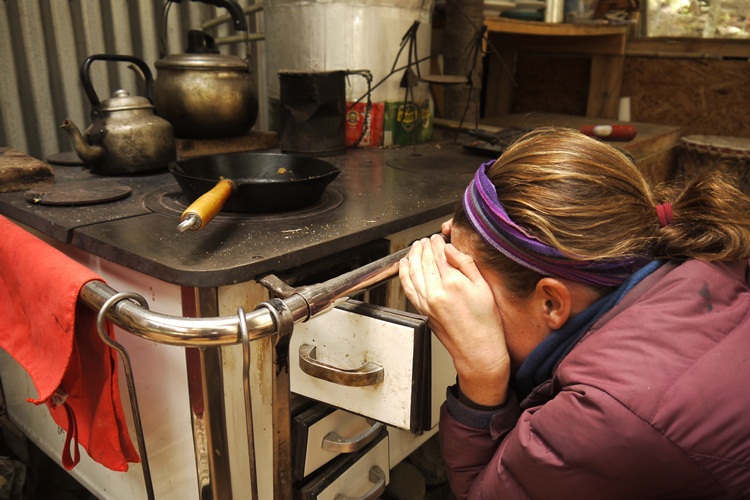
The next day we reach O’Higgins, where we swap the open fire for a stove at the excellent Tsonek Eco-Camp. This is how organised campsites should be: a cosy communal kitchen…
